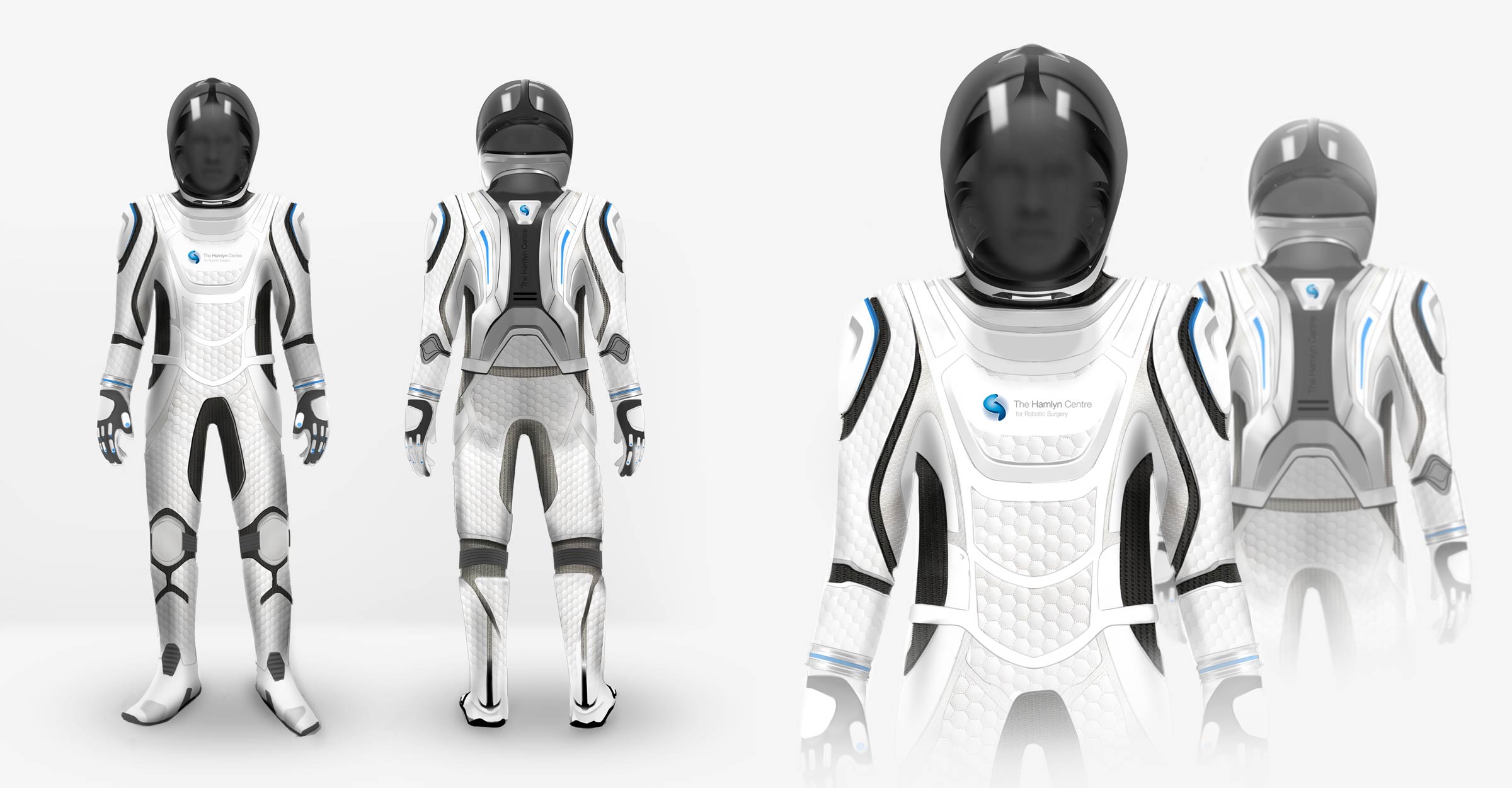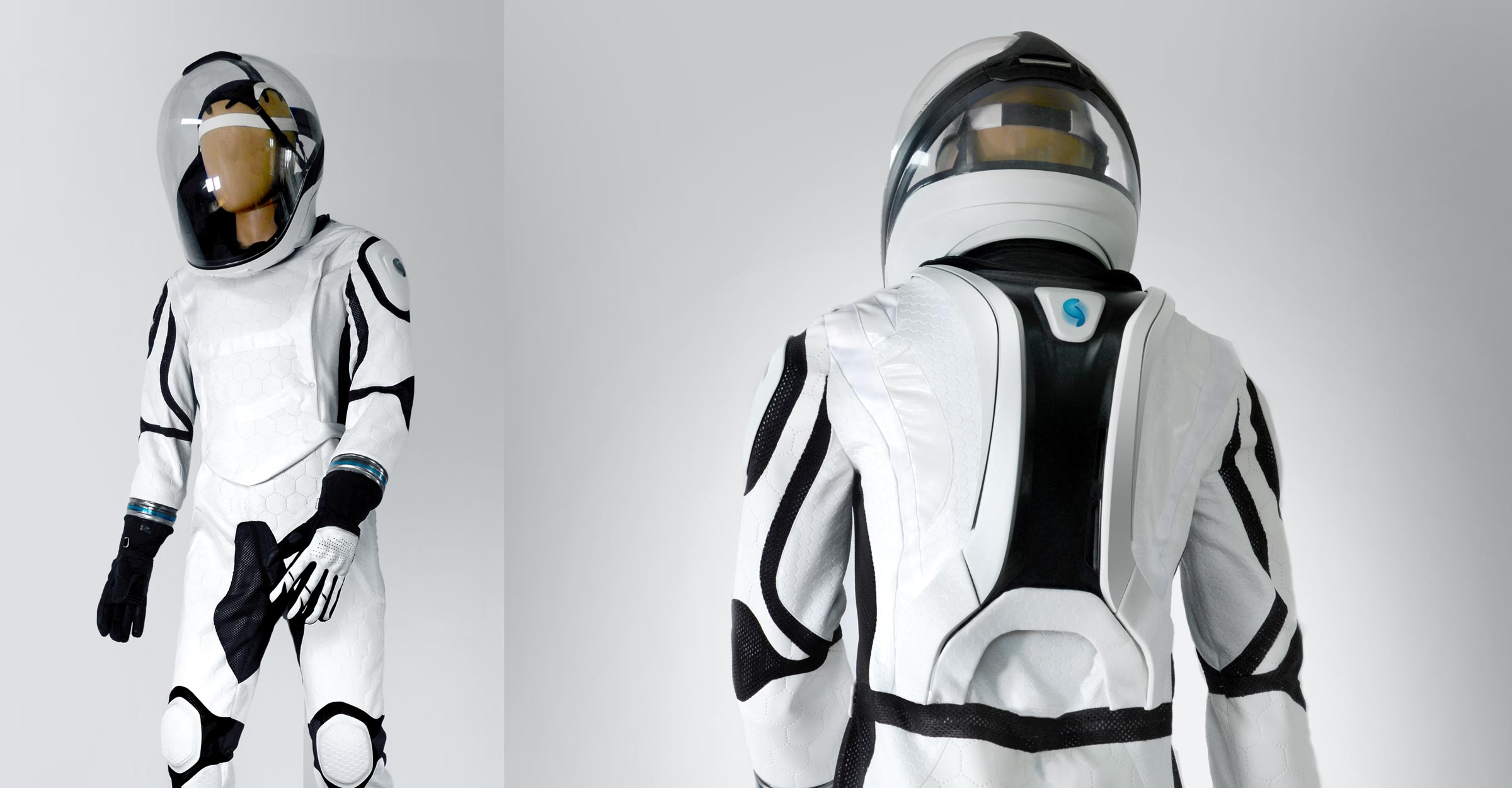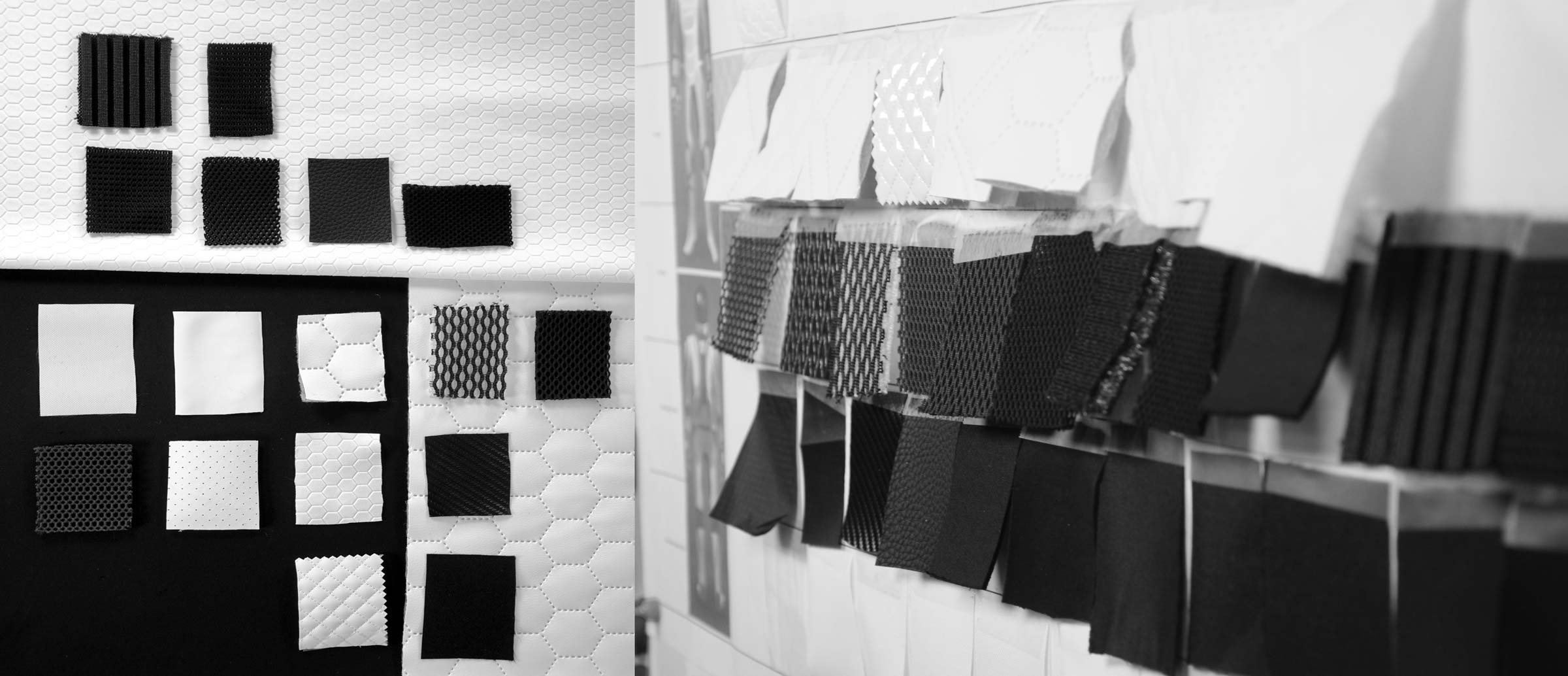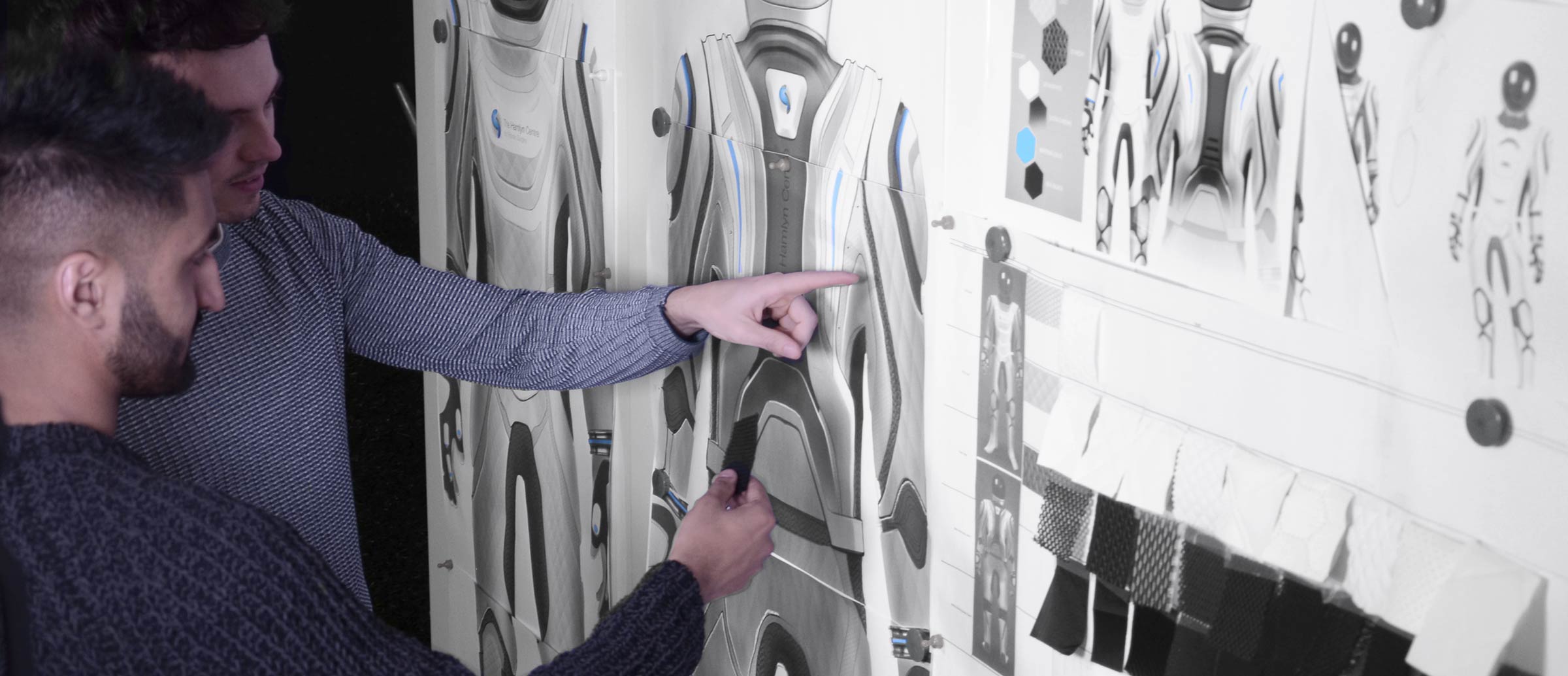FAIR-SPACE SPACESUIT
| Client | Imperial College London and Fair-Space |
| Sector | Industrial |
The digital and technological landscape is continually accelerating and the advances in artificial intelligence (AI), augmented reality (AR) and virtual reality (VR) is allowing fresh and exciting design opportunities. Through our work with the Hamlyn Centre, Imperial College London, we have had the opportunity to work on a project that exploits new advances in AI and AR/VR technologies to improve performance during human robot interaction (HRI) tasks in space.
As part of the FAIR-SPACE project, or the Future AI and Robotics for Space project, the team focused on remotely operated tasks in potentially unsafe environments for astronauts – many of which are extremely critical. Failure to complete these in time can result in the loss of millions of dollars, and even put the life of crew members in danger.
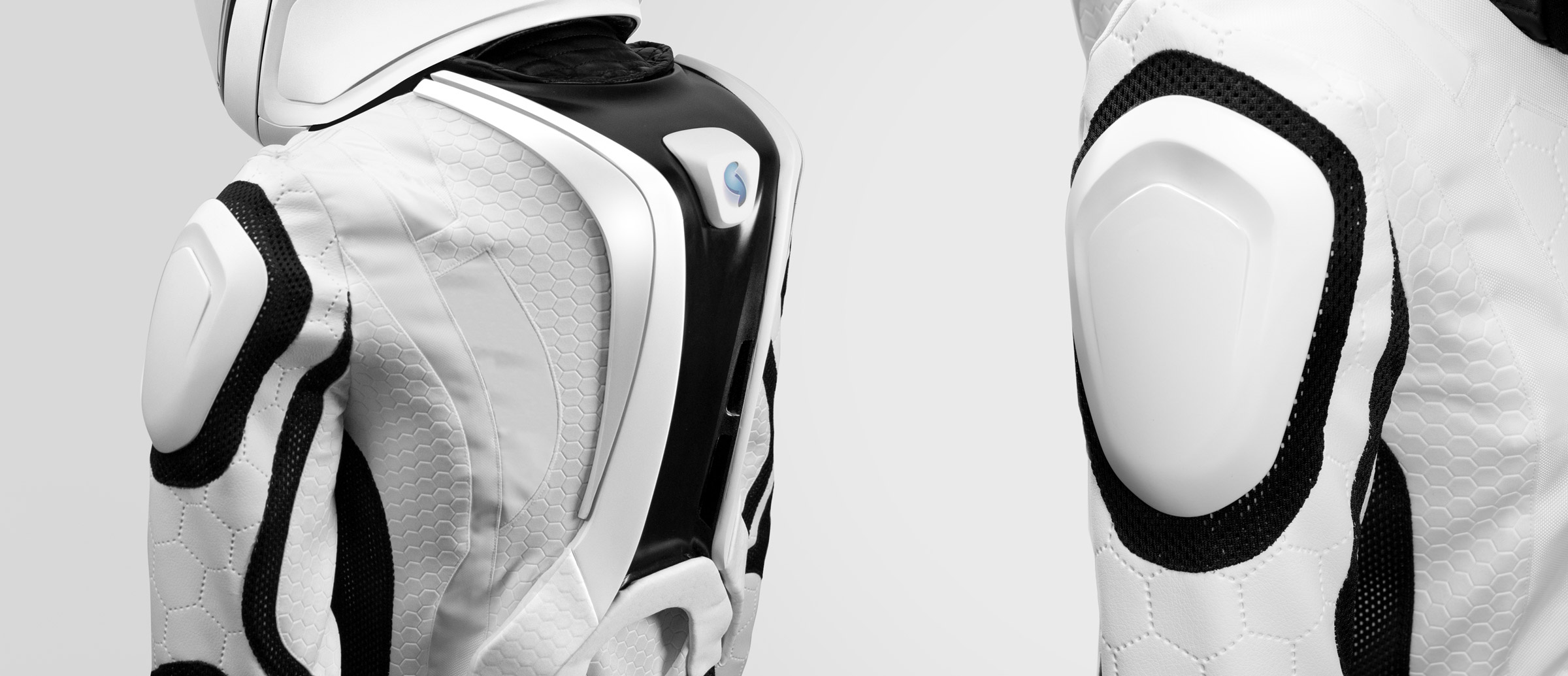
The project focused on three key elements. The headset, helmet and outer suit. It was key to design these parts holistically in order to ensure the overall system functioned as needed. New emerging and advanced technologies have been integrated into each in order to take Spacesuit design to the next level.

Future space exploration will rely on the collaboration between human astronauts and robotics. The headset utilities augmented reality (AR) with eye tracking to improve operator efficiency, decrease mental workload, and provide better situation awareness in HRI applications. The headset enables astronauts to take advantage of the technology in every scenario even when not using the suit or helmet.
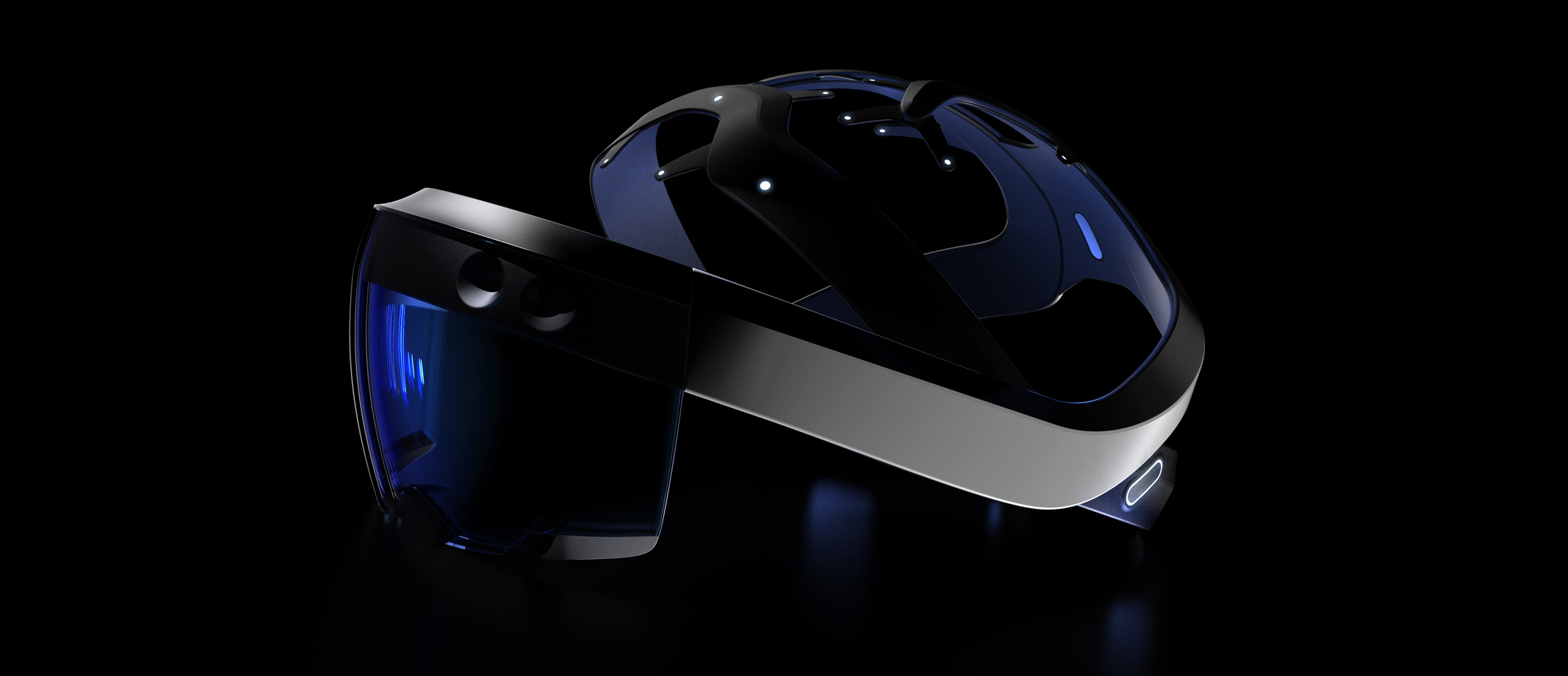


EEG sensors are incorporated into the headset to enable live monitoring of the astronaut and provide critical feedback to the operator / crew and ground control. The function also complements the user interface of the suit and assists in control of advanced features, overall enhancing the performance of the astronauts.
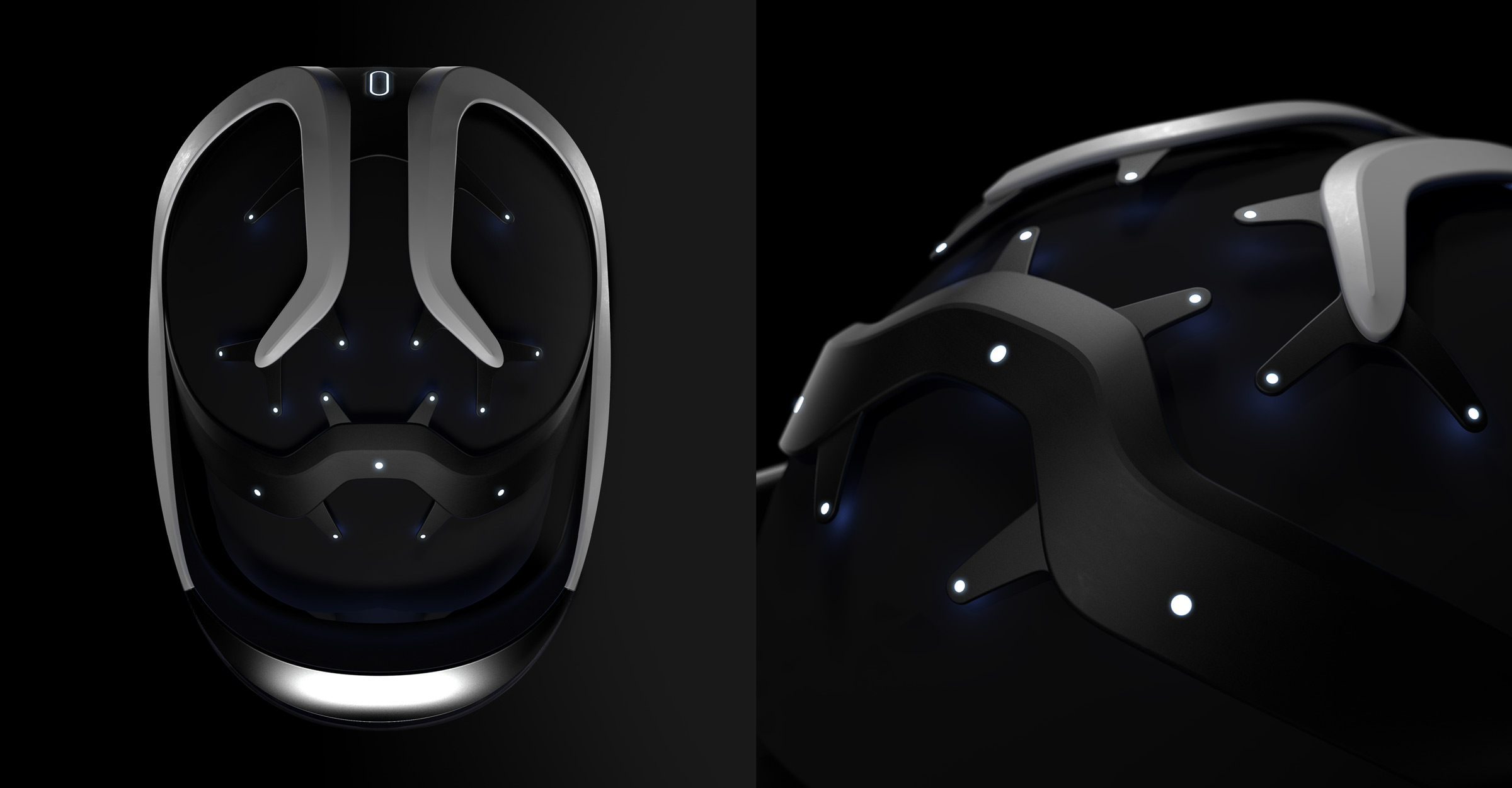
The top priority of any spacesuit design is to keep the crew safe from the dangers of space exploration. After safety, mobility was a fundamental aspect which aided our design choices. We redesigned the traditional helmet, infamous for its restrictive movement, and built a protective shield which allows maximum visibility and flexibility.
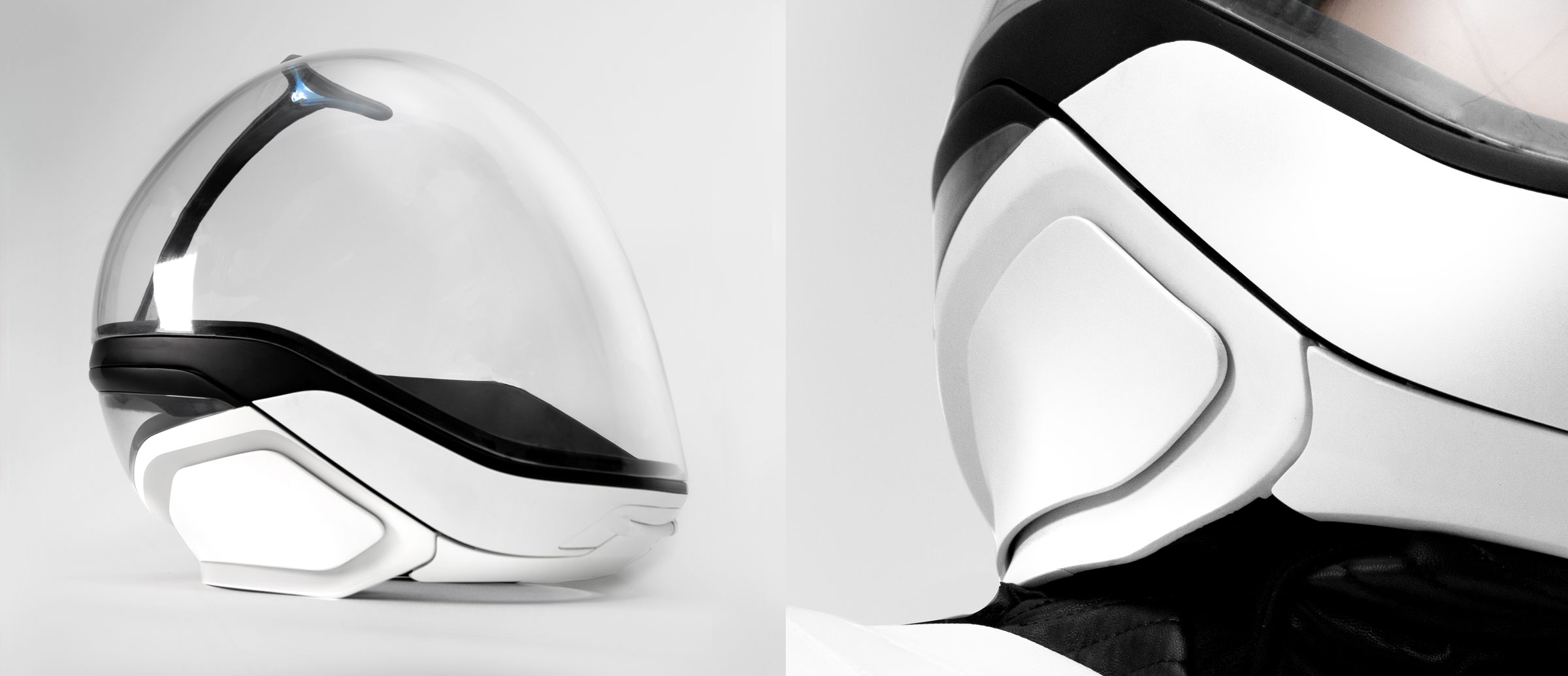
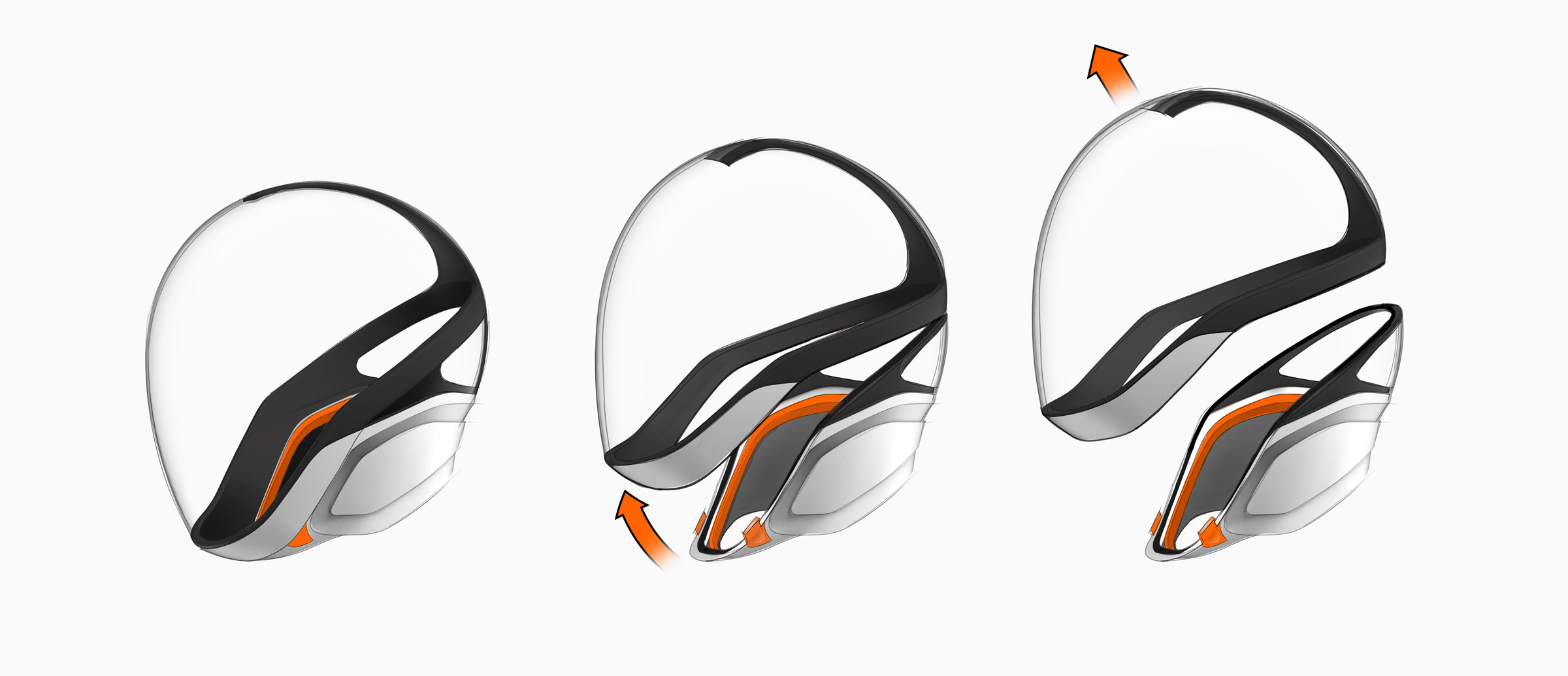
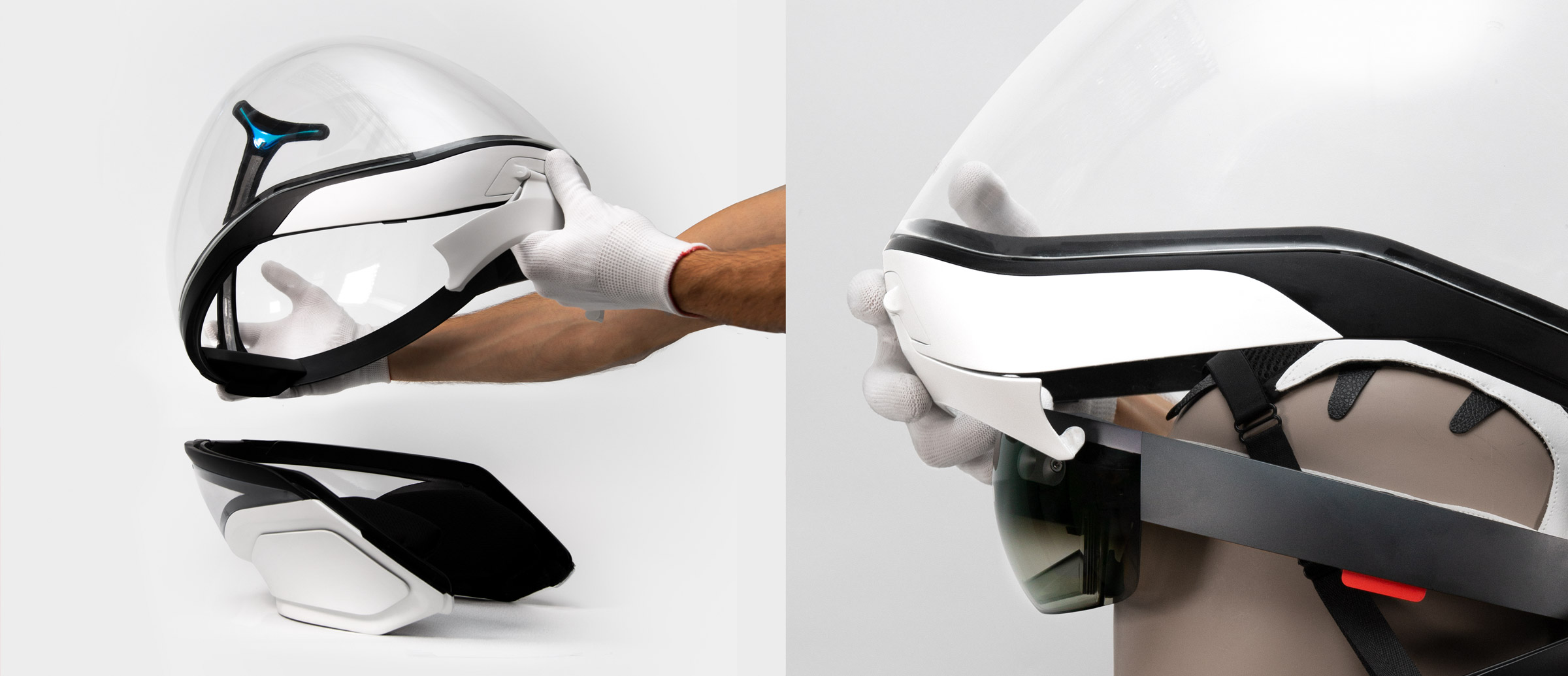
The spacesuit is comprised of multiple layers: the innermost layer for monitoring of physiological signals and an outer assistive layer for musculoskeletal movements. This suit monitors a variety of different signals, including heart rate and a reaction to stress called galvanic skin response, where increased sweating changes the electrical characteristics of the skin. The idea is that this information is assembled to determine an individual’s stress levels, with the aim of intimately understanding and improving performance.

